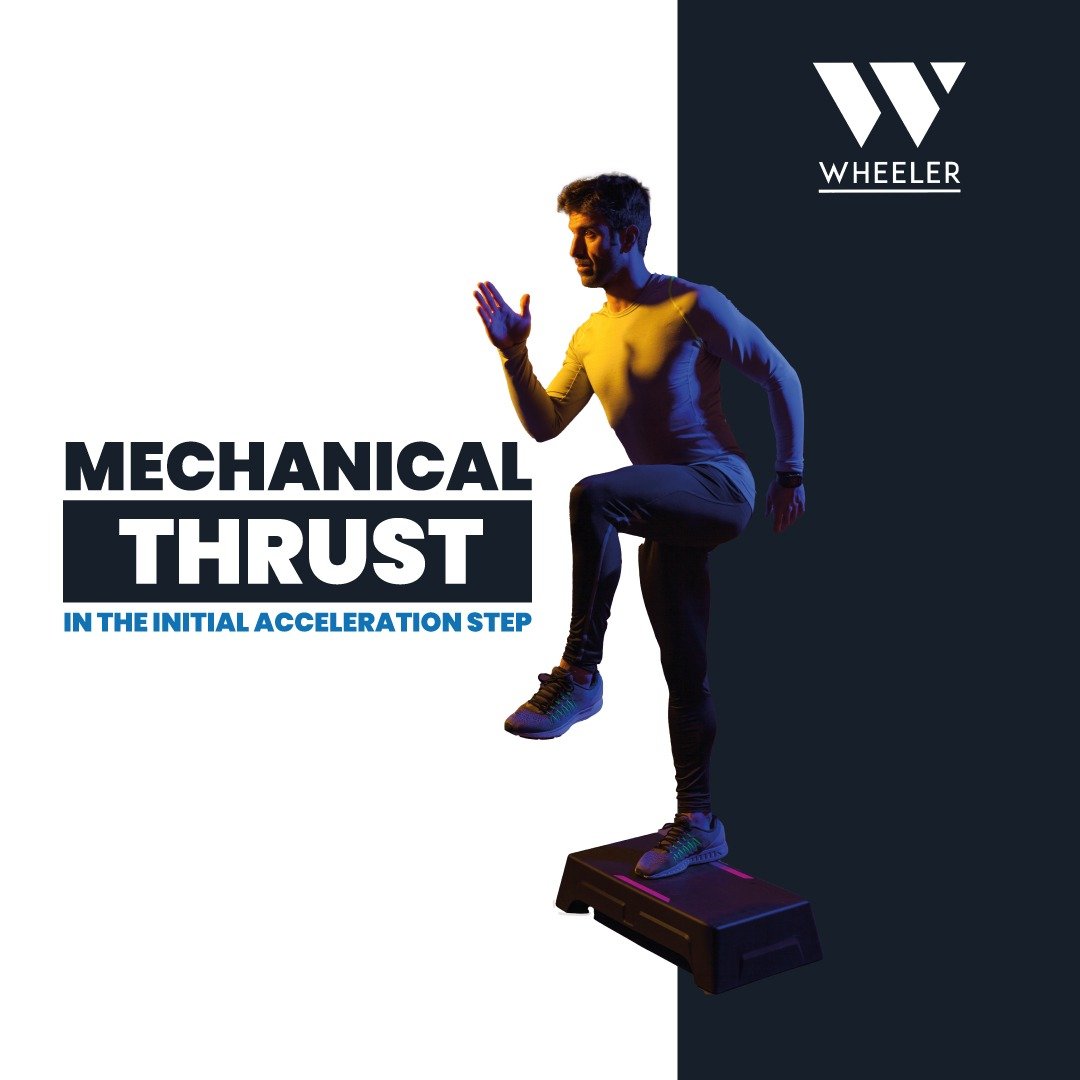Introduction: Enhancing Acceleration
Understanding Acceleration Training
In this unit, we’ll delve into enhancing coordination and strength specific to the initial acceleration phase. Through targeted exercises, our goal is to refine motor control and force application, crucial for optimal sports performance.
Key Factors for Effective Acceleration
To maximize acceleration in both team and individual sports, several factors must be considered. Body positioning is paramount for generating optimal force during the initial movement. Additionally, maintaining joint stiffness, especially in the knees and ankles, significantly contributes to swift force application.
Training Approaches
Our training regimen begins with neuromuscular activation exercises, priming muscles and joints for more intense movements. This activation enhances neuromuscular efficiency, refining coordination and control during acceleration.
We then progress to specific strength exercises tailored to improve ankle and knee stiffness and foster rapid force application. These exercises gradually intensify, promoting the strength development necessary for effective acceleration.
The Significance of Joint Stiffness
The stiffness of the ankles and knees is pivotal for efficient force transfer during the acceleration phase. Strengthening these joints is essential for enhancing movement effectiveness.
Gradual Training Advancement
Our training philosophy emphasizes a gradual progression, starting with activation exercises and advancing to more demanding drills. This ensures athletes develop the requisite strength and coordination for effective acceleration.
Conclusion
By honing body positioning, force production, and joint stiffness, athletes can markedly enhance their acceleration capabilities. Join our community and elevate your performance by subscribing to our membership here!
Author


